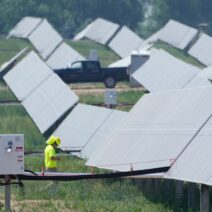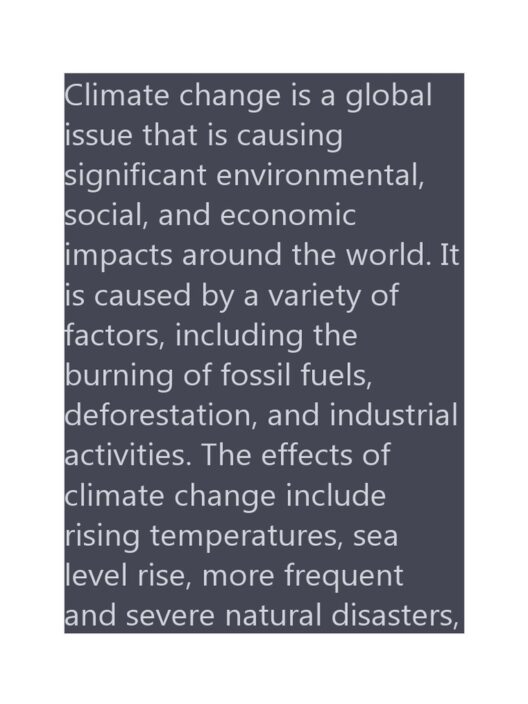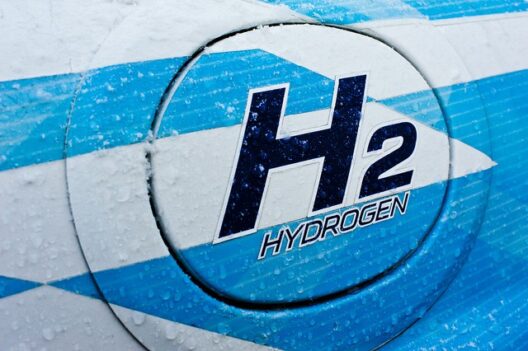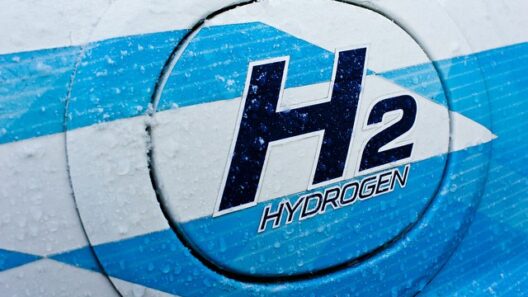Creating a ‘Conserve Energy’ poster is not just an artistic endeavor; it is a vital step towards fostering a culture of environmental responsibility. The modern world is grappling with unprecedented climate challenges, and every effort counts in mitigating the impact. But how do we transform mere facts about energy conservation into visual narratives that captivate and inspire action? This process can be both exhilarating and introspective, as it requires a balance between creativity and messaging. Imagine being the catalyst for change in your community, sparking conversations about energy efficiency with just a piece of paper or digital art.
The challenge lies in making your poster not only informative but also attractive and engaging. A visually striking poster can act as a beacon, inviting viewers to reflect on their energy consumption habits. In this discourse, we will delve into the fundamental components that constitute an effective ‘Conserve Energy’ poster and explore ways to inspire others to take action.
First and foremost, your poster should have a clear and resolute message. What specific aspect of energy conservation do you want to convey? It may be the importance of turning off lights when leaving a room or the benefits of using energy-efficient appliances. If you could ask a question to engage your audience, what would it be? Perhaps, “What if every household reduced their energy usage by 10%?” This rhetorical question encourages viewers to ponder their potential impact. Such queries can serve as thought-provoking starting points to create a dialogue about energy conservation.
Next, selecting a suitable color palette is paramount. Colors evoke emotions and can significantly influence how your message is received. Consider hues associated with nature, like earthy greens and sky blues, which symbolize sustainability and peace. Alternatively, vibrant colors like sunny yellows can evoke feelings of hope and positivity. The strategic use of contrasting colors will help important information stand out, drawing the viewer’s eye to critical data or calls to action.
In addition to color, the imagery used in your poster is crucial. Photos, illustrations, and icons can communicate ideas more effectively than words alone. For instance, an image of a light bulb—widely recognized as a symbol for energy—can visually represent your message of energy conservation. Incorporating thought-provoking imagery that reflects renewable energy sources, such as solar panels or wind turbines, can also serve to inspire. By harmonizing imagery with your text, you create a cohesive narrative that reinforces your core message.
The content of the poster should be concise yet comprehensive. Employing bullet points allows for information to be readily digestible, summing up key statistics or actionable steps. For instance, you might highlight simple ways individuals can conserve energy: “1. Unplug devices when not in use. 2. Use LED bulbs. 3. Optimize your thermostat.” These snippets will not overwhelm your audience but will provide them with tangible actions they can integrate into their daily lives.
Additionally, consider incorporating a call to action that is both inspiring and motivating. Instead of simply stating “Save Energy,” you could phrase it as “Join the Energy Revolution!” This transformative language encourages participation and collective effort. It empowers individuals to think of energy conservation as not just a personal decision, but as part of a larger movement toward sustainability. Frame your call to action in a way that invites others to get involved, perhaps by sharing their own energy-saving tips or by participating in local energy conservation programs.
Furthermore, engaging the audience with statistics reinforces the urgency of the cause. Did you know that the average household can save over $200 annually just by making small changes? Presenting such data can evoke a sense of responsibility. It can stimulate reflections on the true cost of energy waste—not only in terms of money but also in its broader environmental impacts.
It is crucial to choose an appropriate format for your poster. If it’s digital, optimizing it for social media platforms can significantly extend its reach. If you opt for printed versions, think about where you will display them—community centers, schools, libraries, or even local businesses. Every placement can serve as a conversation starter, reaching diverse groups of individuals who may not otherwise encounter the message.
Moreover, consider the intersectionality of your poster’s message. How does energy conservation connect with social justice, economic factors, and accessibility? Maybe your poster includes considerations for low-income households regarding energy-efficient upgrades. Addressing these themes can ensure your message resonates with a larger audience, fostering inclusivity in the discourse on energy conservation.
As a final thought, seeking feedback is an often overlooked component of developing a compelling poster. Sharing drafts with friends or local community members can provide fresh perspectives and enhance the poster’s effectiveness. Collaboration often produces powerful results, revealing insights that you may not have initially considered.
With these guidelines, there lies a profound potential to make an impactful poster. Embrace the creative process; inspire change not merely through words, but visually. Why not start today? Challenge yourself to create a ‘Conserve Energy’ poster that not only communicates urgency but also inspires hope. Change begins one poster at a time, and your effort may very well spark a transformative movement toward energy conservation in your community.








